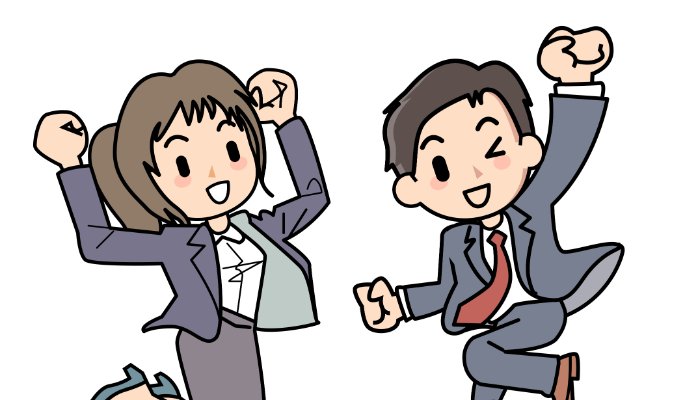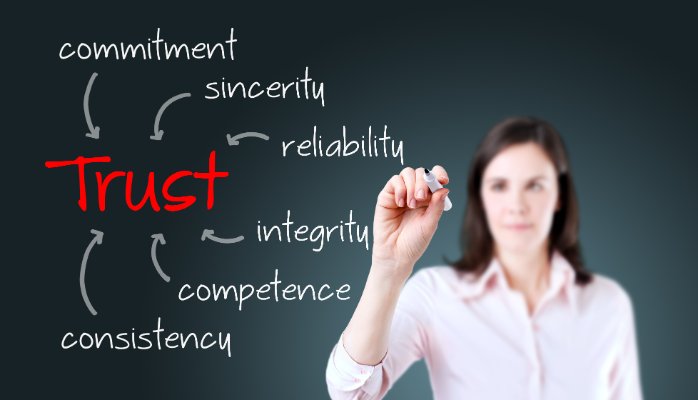In most organisations, high achievers and self-starters who have strong technical skills or great qualifications are usually first in line for promotion.
These workers are our top fifteen percenters and are incredibly valuable employees. They are used to getting on with the job. They are focused on the task. They can see the big picture. They are loyal and hardworking.
Then we put them in charge of people who are nothing like them. Suddenly, they are responsible for the rest of the team who can range from the plodders and followers to the cynical troublemakers.
And neither side copes well.
The manager lives with constant frustration. ‘Why don’t they just do it? Why do they have to be told everything?’ they ask. Staff wonder why the manager is on their back all the time. In no time, you can have bullying and harassment claims to deal with.
If the manager isn’t well trained or comfortable in the art of delegation or direction, they end up doing the work for the staff because it is ‘just easier’.
Ultimately, you are paying a manager’s wage and getting a hard worker, but not a leader of a productive team.
Implementing a manager without leadership skills is a recipe for disaster. Common problems include team dysfunction as the manager becomes stuck in work tasks, missing the people issues erupting around them. They can also become overwhelmed by the added people responsibilities and burn out fast.
If you are not investing in training your supervisors and managers in people leadership skills, you could, in fact, be wasting a wage. Staff have a greater expectation on Managers to be people-focused leaders these days so throwing your best technical people into the deep end and hoping they’ll ‘do okay’ can be a costly experience for the organisation if they fail.
So what is management exactly, and how does it differ from leadership?
Leadership involves creating an inspiring vision of the future and motivating people to understand, engage with and achieve that vision. Managers are responsible for ensuring that vision is implemented efficiently and successfully. To be fully effective, managers need to fulfil both roles.
So many organisations focus on their managers managing tasks only. This unfortunately leads to people like me getting called in to ‘fix’ things.
There is nothing wrong with placing your best and brightest in a management position, but they also must know how to lead.
Many smaller companies can’t afford to offer internal study or to send aspiring managers to external training, so there is no formal leadership training. But rather than transplanting employees directly into management, you can begin training them to be managers in their current job.
Consider the qualities of a good manager, and then provide employees the opportunity to build those qualities. Develop their personal skills, team skills and corporate skills.
This can involve creating a culture of learning where employees push themselves and meet new challenges, providing incentives for employees to learn on their own by giving them time off to attend conferences or book individual leadership coaching.
Also encourage goal setting, build team communication skills and familiarise employees with what happens inside the business. If you can offer formal management training, of course offer it.
By giving your staff the chance to build leadership skills and habits before they become managers, you can also see which employee will make the best manager.
It’s often said that a company’s greatest asset is its people. This may be true, but it takes a great leader to guide those people and therefore the business to success.
As American social leader and activist Benjamin Hooks once said: If you think you are leading and turn around to see no one following, then you are just taking a walk.
Mills-Eaton Training delivers In-House training for medium-large organisations. They specialise in Team Development (with expertise in dysfunctional teams), Leadership, Communication and other practical programs.
Contact Kellie Mills on blogresponse@millseaton.com.au

 Nov 3, 2015
Nov 3, 2015
 By using the dreaded ‘B’ word you give the impression you are no longer in control. Is this what your clients, bosses or staff want to see?
By using the dreaded ‘B’ word you give the impression you are no longer in control. Is this what your clients, bosses or staff want to see? Nov 18, 2015
Nov 18, 2015 Dec 3, 2015
Dec 3, 2015 Dec 9, 2015
Dec 9, 2015 January 9, 2016
January 9, 2016 January 17, 2016
January 17, 2016

